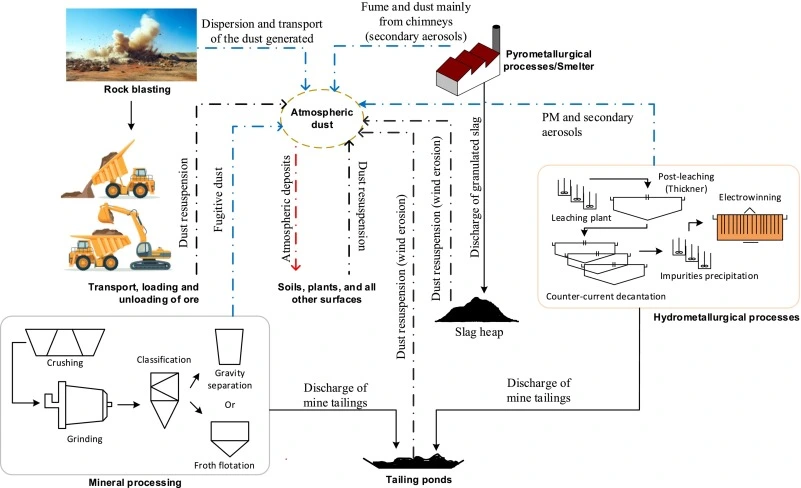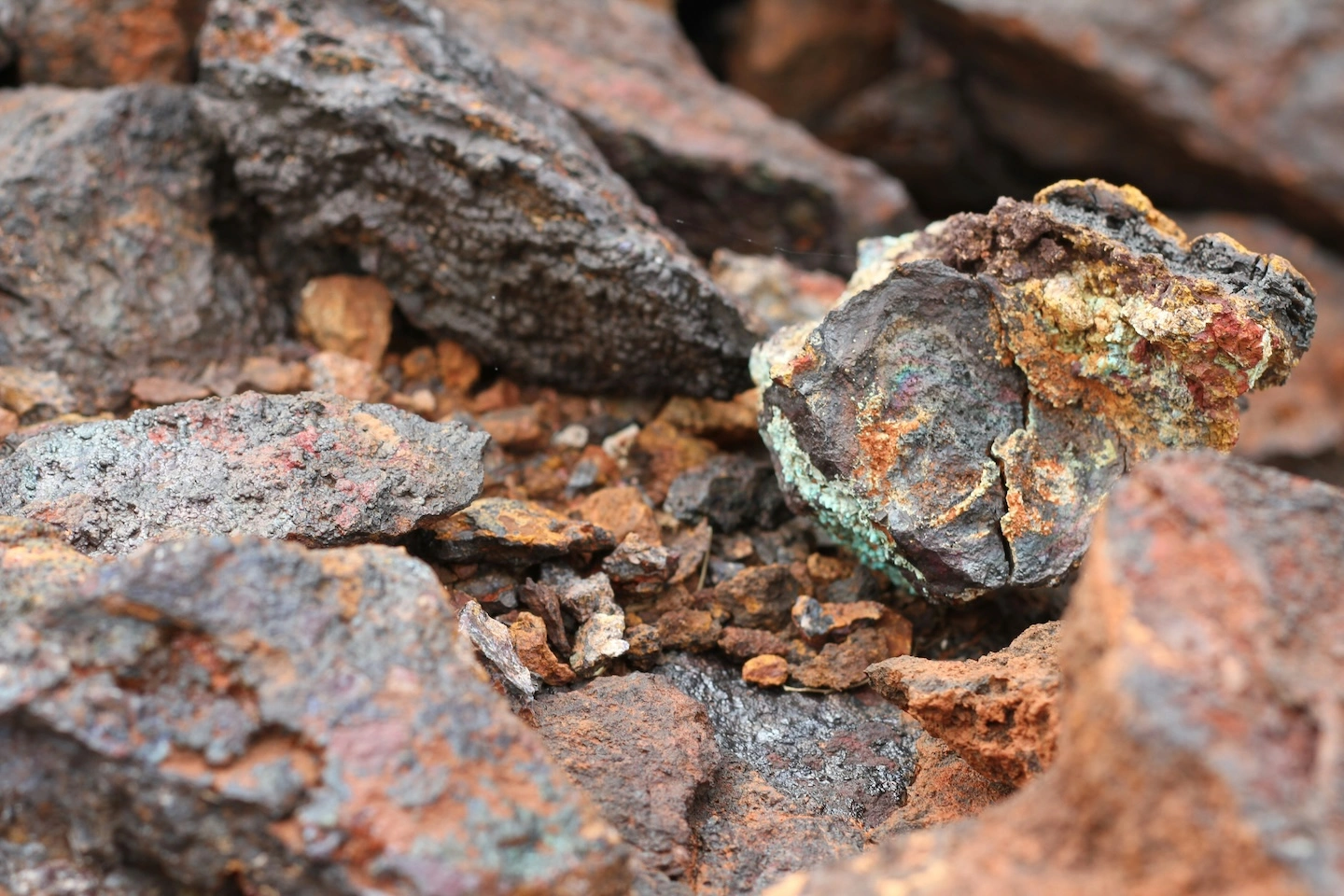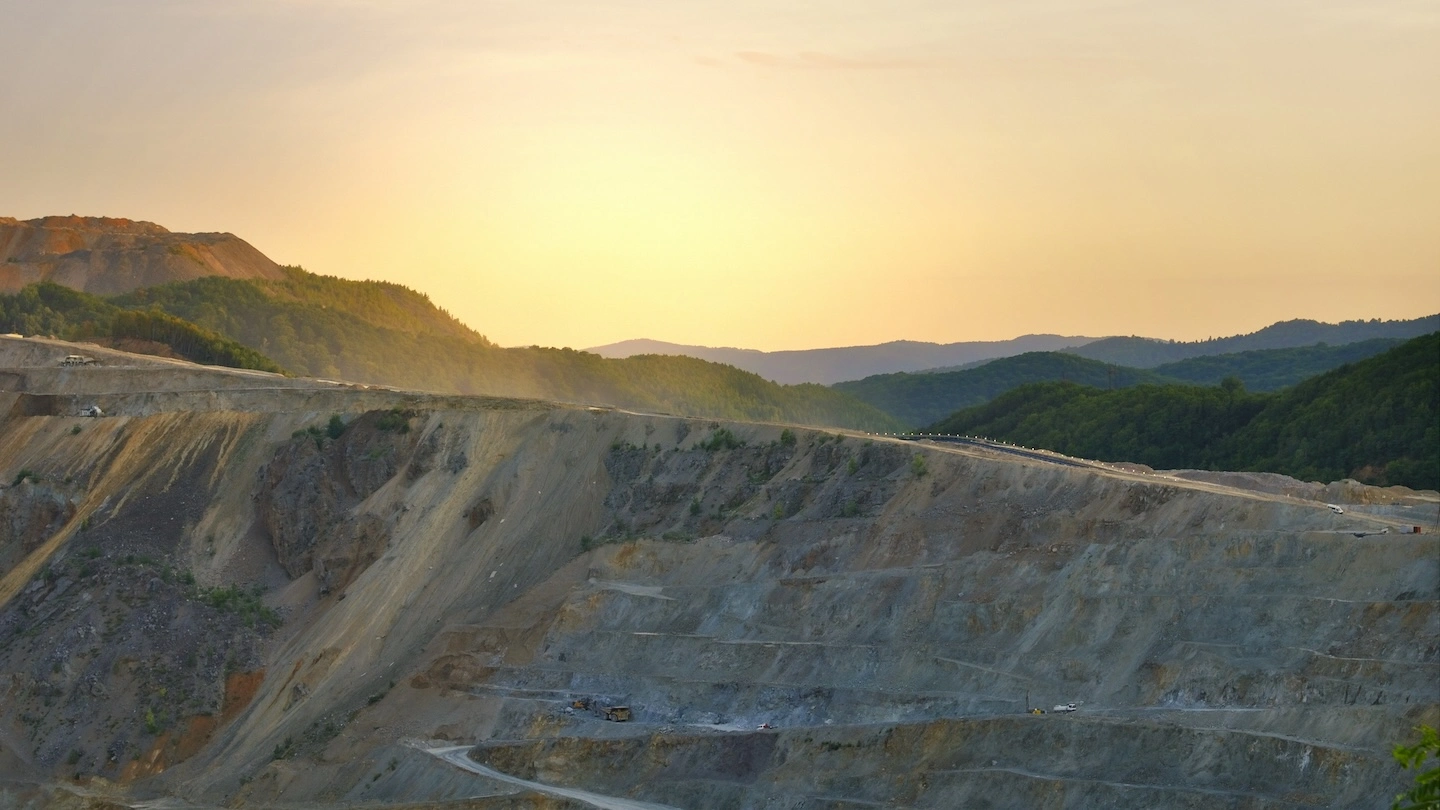Image provided by Chris via Unsplash.
TL;DR: Mining operations release significant PM10 dust that affects air quality, threatens worker and community health, and contributes to diseases linked to silica and toxic metals. Dust also harms vegetation, water quality, and local ecosystems. Air quality monitoring, engineering controls, dust suppression methods, and protective equipment can reduce exposure and improve safety in mining environments.
Mining consists of the process of extracting materials from the earth. Metal mining activities are expected to increase worldwide, since metals such as cobalt, nickel, copper, lithium, and manganese are necessary for renewable energy infrastructure, batteries, solar, and wind power. However, mining operations produce a variety of air pollutants, including sulfur dioxide, nitrogen, and large amounts of greenhouse gases. Notably, mining also produces particulate matter and significant amounts of dust (PM10) air pollution.
What is particulate matter air pollution?
Particulate matter consists of any solid or liquid compounds suspended in the air. Particulate matter can encompass a variety of substances, including acids, metals, organic chemicals, allergens, soil, and soot. Particulate matter can vary in size. When small enough, particulates can be inhaled into the lungs.
Two common categories of inhalable particles are PM2.5 and PM10. PM2.5 refers to particulate matter with a diameter of 2.5 micrometers or smaller, while PM10 refers to particulate matter with a diameter of 10 micrometers or smaller. Both types of inhalable particles are regulated by the US EPA through the National Ambient Air Quality Standards.

Both PM2.5 and PM10 are harmful to human health. PM10 (commonly referred to as dust) is often the air pollutant of concern for mining operations. PM10 exposure has been linked to irritation of the eyes, nose, and throat, reduced lung function, the development of respiratory and cardiovascular diseases, heart attacks, and reduced life expectancy.
Sources and composition of dust (PM10) emissions from mining operations
Mining activities such as shoveling, bulldozing, and blasting, crushing, grinding, and screening rock, soil, and other materials can result in dust (PM10) air pollution. Wind can also kick up mining stockpiles and disturbed soil. Even vehicles traveling unpaved dirt roads on mining sites can produce PM10 emissions.

Mining dust includes both organic and inorganic particulate matter. It can include various nitrates, sulfates, and elemental carbon. Depending on the mining operations taking place, mining dust can contain various materials that make it particularly harmful to both human health and the environment. Mining dust can contain toxic metals and metalloids, including zinc, manganese, copper, cadmium, iron, arsenic, and lead. PM10 air pollution from mining operations also includes crystalline silica, a mineral often found in the earth’s crust.
Dust air pollution’s human health effects
Silica dust can scar the cells in the lungs responsible for absorbing oxygen. Inhaling silica dust over time has been linked to lung cancer, Chronic obstructive pulmonary disease (COPD), and kidney disease. Breathing in silica dust can also cause silicosis, a lung disease without a cure that includes breathing problems, a long-lasting cough, and inflammation.

Miners are also at risk of developing pneumoconiosis from constant exposure to mining dust air pollution. Pneumoconiosis refers to a group of lung diseases from breathing in various dusts. Pneumoconiosis can take years to develop, and it can lead to disability, lung impairment, and premature death. Between 1995-2004, coal workers’ pneumoconiosis contributed to the deaths of 10,406 miners in the United States alone.
A study on an underground gold mine in Ghana found that 41% of the groups they sampled were exposed to crystalline silica levels above the NIOSH exposure limit. The United States Mine Safety and Health Administration (MSHA) also found that 27% of miners are overexposed to air contaminants, putting them at risk of developing adverse health outcomes.
The environmental impacts of dust (PM10) air pollution from mining
PM10 air pollution from mines does not just affect workers. It can also stretch to nearby communities, harming both the environment and residents. Mine dust is a major threat to surface vegetation, landscapes, and weather conditions.

PM10 settles on plants, inhibiting photosynthesis, increasing thermal radiation absorption, and clogging leaves’ stomata. In this way, mining dust harms both the ecosystems and agricultural activities. Animals are also harmed when they eat such polluted plants. Mining dust can settle on water bodies, affecting water quality. Sometimes it can even flow into water tanks, contaminating drinking water.
People living in the vicinity of mines can suffer from the effects of dust air pollution. These communities have suffered from silicosis and childhood lead poisoning from silica and lead residue, respectively. In northern Chile, mining dust containing antimony, arsenic, molybdenum, cadmium, sulfur, silver, and lead was found on the roofs and windows of houses near copper mining activity. High concentrations of toxic elements could travel as far as 50 km away with certain wind conditions.
PM10 (dust) air pollution safety strategies for mining operations
Fortunately, there are ways to reduce mining PM10 emissions. Appropriate engineering controls and proper work practices, such as suitable training and worker awareness, can significantly reduce dust exposure. Worker clothing and equipment should be regularly cleaned of dust, and contaminated areas need to be cleaned quickly.

Dust mitigation strategies include water-based suppression and redirection. Chemical dust suppressants can also be helpful. Stockpiles should be covered and stabilized. Windbreaks can prevent the wind from kicking up PM10 air pollution.
Personal protective equipment, particularly respirators, can furthermore protect workers. Care should be taken in choosing the correct respirator for each environment, and in maintaining respirator condition. Workers also need to be properly trained and fitted before they can wear a respirator.
Accurate air quality monitoring is critical for understanding real-time PM10 exposure and evaluating the success of mitigation efforts over time. Without precise, location-specific data, it’s difficult to identify problem areas or confirm whether control measures are truly reducing emissions.
Clarity’s work with First Quantum Minerals highlights why tailored air quality measurement solutions are essential in mining contexts. Their deployment leveraged solar power, cellular connectivity, and rugged equipment—features that make Clarity’s monitors especially well-suited for remote and harsh environments where traditional infrastructure might not be available. These capabilities ensure continuous data collection even in challenging conditions, providing the insights needed to safeguard workers and stay compliant with environmental regulations.
Key advantages of Clarity’s air quality monitoring solutions for mining operations:
- Solar-powered sensors – ideal for off-grid, remote mine sites with limited access to electricity.
- Cellular connectivity – ensures real-time data transmission without relying on on-site networking infrastructure.
- Rugged, weather-resistant design – built to withstand the dust, vibration, and temperature extremes of active mining environments.
- Low-maintenance operation – reduces the need for frequent on-site servicing, lowering the total cost of ownership.
- High-resolution data – enables precise tracking of PM10 levels to assess worker exposure and the impact of mitigation strategies.
- Easy integration with existing safety systems – supports compliance with air quality regulations and internal safety protocols.
Looking forward
While governments such as the United States have policies in place to protect workers and communities from PM10 air pollution, air quality monitoring helps enforce these laws, spot violations, and ensure public safety. Partner with Clarity to implement an accurate and affordable air quality monitoring network.
